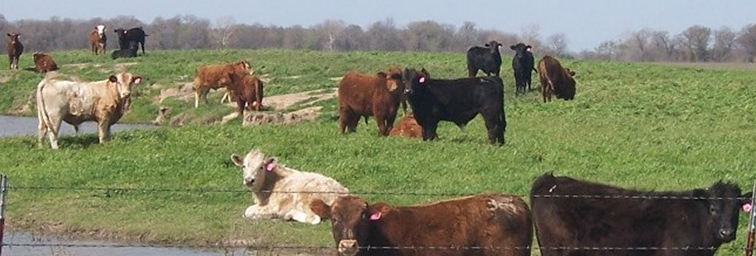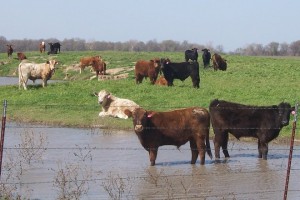
The Other Soil Erosion: Long-Term Erosion of Our Productive Farmland Base from U.S. Population Growth
- Leon Kolankiewicz
- August 19, 2015
- Forum Papers
- Forum Paper
- 0 Comments
Click here for a downloadable, printable PDF version
The Other Soil Erosion: Long-Term Erosion of Our Productive Farmland Base from U.S. Population Growth
Introduction – Appreciating the Land That Feeds Us
 In the new century, sustainable agriculture has become a buzzword of sorts, and fresh, healthy (preferably organic), locally-grown food is an ideal if not a mantra. In the Mid-Atlantic States, for example, the popular retro restaurant chain Silver Diner (with 15 restaurants in Maryland, Virginia and New Jersey) reoriented itself several years ago to emphasize “fresh & local ingredients,” mirroring a nation-wide trend that is especially evident among younger consumers.
In the new century, sustainable agriculture has become a buzzword of sorts, and fresh, healthy (preferably organic), locally-grown food is an ideal if not a mantra. In the Mid-Atlantic States, for example, the popular retro restaurant chain Silver Diner (with 15 restaurants in Maryland, Virginia and New Jersey) reoriented itself several years ago to emphasize “fresh & local ingredients,” mirroring a nation-wide trend that is especially evident among younger consumers.
Tangible (not just rhetorical) support for local agriculture is a welcome development, along with vegetarianism and veganism. All of these bespeak a greater awareness of our fundamental dependence on land, soil, water, and energy for food production and healthy eating, and all reduce our per capita and collective demands on crucial natural resources. The movement to “buy local” reduces energy consumption and carbon dioxide emissions from transporting bulk foodstuffs long (frequently intercontinental) distances, while lessening or eliminating meat consumption cuts down enormously on the amount of land, water, fertilizers, pesticides, and fossil fuels needed to grow the grain fed to billions of cattle, pigs, and chickens. Confined Animal Feeding Operations (CAFOs) or feedlots are notorious polluters of water. And incredibly, on a global scale, raising livestock to feed humans generates even more greenhouse gas emissions than driving cars.
However, in the United States, none of these positive trends has yet to occur at scale, and even if they did, the long-term productive potential of American farmland would continue to erode, and with it, our food security. Ongoing and projected U.S. population growth, driven almost entirely by high immigration rates, and the sprawl these forces engender, are a major reason why. […]
- Earth Day and Population:A Missed Opportunity - March 14, 2017
- Crushing Biodiversity with the Weight of the Human Race - October 5, 2016
- DYING OF THIRST: POPULATION GROWTH, CLIMATE CHANGE AGGRAVATE WATER SHORTAGES - September 29, 2015
